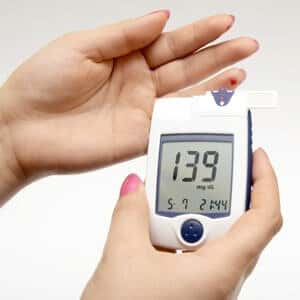
What are the best treatments for older adults diagnosed with type 2 diabetes?
Lowering Blood Sugar-How Much Is Enough?
For years, physicians have had to rely on evidence from clinical trials of drugs that lower blood sugar. An analysis published this week in JAMA points out that the major studies providing evidence for diabetes treatment did not include volunteers over 80 years old.
Type 2 Diabetes in Older Adults:
Nonetheless, there are many cases of type 2 diabetes in older adults. As the scientists point out, older people may be more susceptible to the dangers of low blood sugar if treatment overshoots the mark.
Also, because the complications of diabetes take years to develop, octagenarians may not be in a position to benefit from rigorous control of blood sugar. The analysis shows that both the consequences of the disease and the risks of aggressive treatment could take a terrible toll on the elderly.
What Treatments Are Needed?
The authors recommend, “Optimal decisions need to be made collaboratively with patients.” They suggest that getting HbA1c between 7.5% and 9% should “maximize benefits and minimize harms.”
This recommendation contrasts with previous goals of getting HbA1c to a lower level that was believed more optimal. The ACCORD trial showed, unexpectedly, that getting HbA1c, a measure of blood sugar over several weeks, to the lowest possible level did not result in fewer heart attacks or other complications. In fact, those whose blood sugar was treated most intensively were more likely to die during the trial and afterwards. We don’t know if that is especially true for vulnerable older adults, but it must be taken into consideration.
One place to start in taking care of type 2 diabetes, regardless of age, might be the non-drug approaches we discuss in our Guide to Managing Diabetes.

